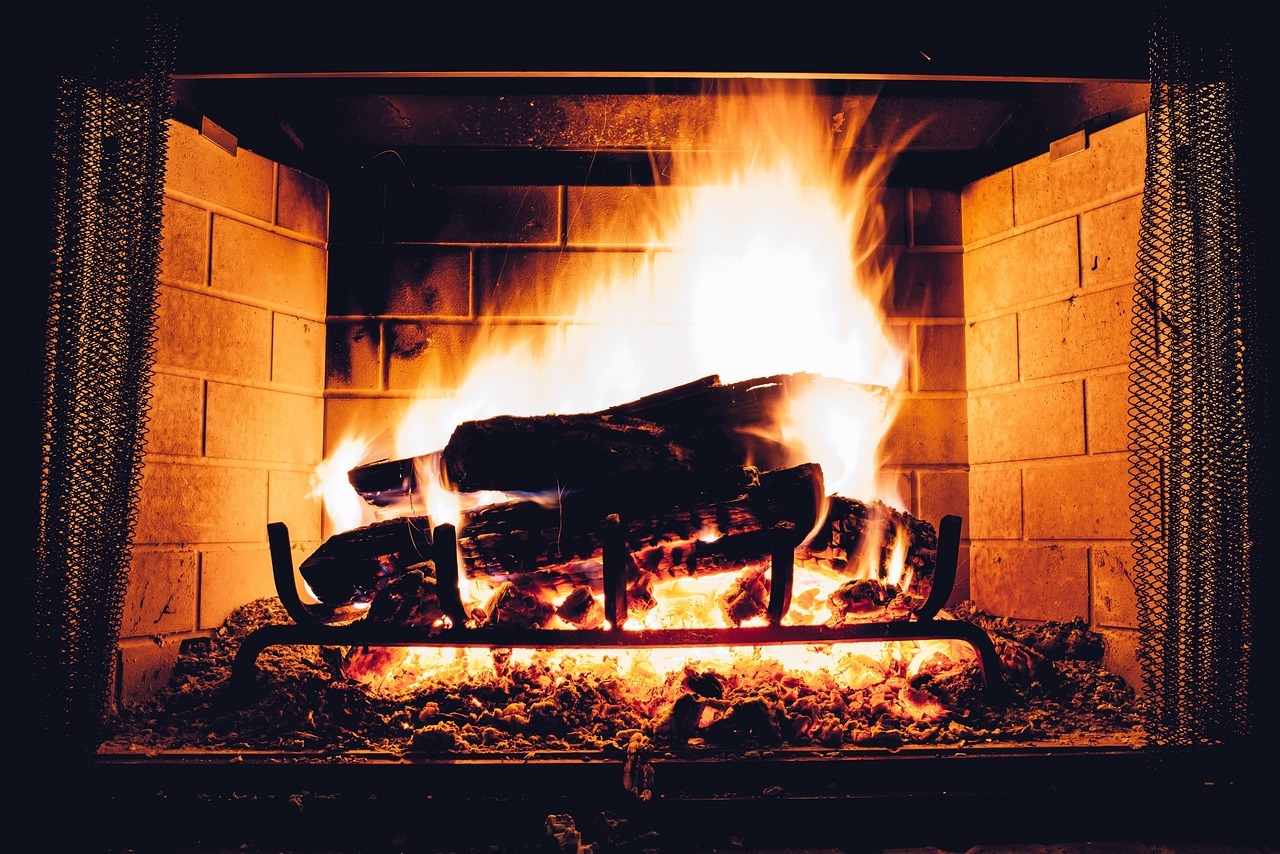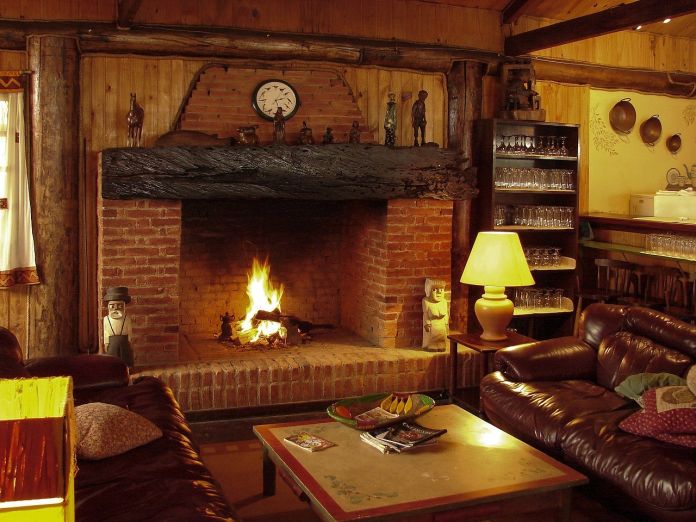Recently, I heard of the term BTU. As a home improvement blogger, this is interesting to me. You may have heard of the term before me, but I am still eager to share what I know about BTU and why it might be helpful for some readers of mine. Let’s dive in!
How I understand BTU
First, what does BTU stand for? BTU is an abbreviation of British Thermal Units – an energy unit.
‘A British thermal unit (Btu) is a measure of the heat content of fuels or energy sources. It is the quantity of heat required to raise the temperature of one pound of liquid water by 1 degree Fahrenheit at the temperature that water has its greatest density (approximately 39 degrees Fahrenheit).’ – A definition from The U.S. Energy Information Administration.
Instead of feeling a bit cold or hot, BTU is the correct way to know how much energy you need to warm up/ cool down the temperature within an area. It’s as simple as warming up in cold weather and cooling down in hot weather. In Raleigh, the weather is not usually too hot or cold, so traditional methods still work for me.
My Usual Way Of Changing My Room Temperature
Here are the methods I often use to make ‘pleasant weather conditions’ inside my place:
1. Heating Up

When it gets cold, a wood-burning stove is good enough. As my family is all farmers, the kids usually go outside, so we get used to the outdoor temperatures. The weather in Raleigh doesn’t often go below the freezing point. If it does, it’s -1°C to -2°C top. So we only need to heat up a bit. A wood-burning stove has been ready since my father’s time and is familiar to us.
2. Cooling Down

This is even more simple, an electric fan. The highest temperature in Raleigh in summer is about 33-34°C, which is quite comfortable for us as we do the gardening outside since we were kids. Sometimes, it gets too hot, and I must plug in the fan and sit down. It’s easy and comfortable.
Another read: Gardening At Home and Its Psychological Benefits.
Why You Might Need BTU
Our living conditions and personal preferences require less use of BTU. But if you live under harsh weather conditions (much below the freezing point or becomes too hot in the summer), you might need a BTU calculator and compatible heating/ cooling products. Why? Because a heating/ cooling system may have to deal with up to a 100°F temperature swing (e.g., from -40°F to 60°F). Most traditional methods can only help with a 15°F-25°F temperature swing.
First, a BTU calculator will help you determine the necessary BTU output by square footage to modify the place’s temperature efficiently. Then, it’s easier to decide the product size that will fit your need. You must have seen a few BTU/fps tables, but there are other variables, making these tables basically rough estimations. Those variables include the overall climate of the area you live in, the structure of the room, your place’s age, and the number of windows, … as indicated in this BTU calculator.
In short, if you live in a weather condition that requires a wide range of temperature swings (to heat/ cool when necessary), you should have BTU calculated and an air-conditioning system installed.
Read more: How To Know If Your Home Heater System Needs A Service
Final Words
I hope this article has provided some helpful insights about BTU that are worth your consideration. Let me know your thoughts about this article in the comment section below. Thanks for visiting Green House Center, and happy reading!



















